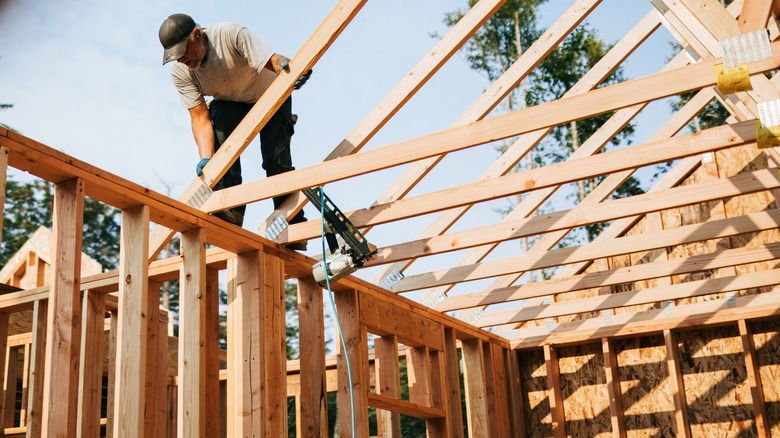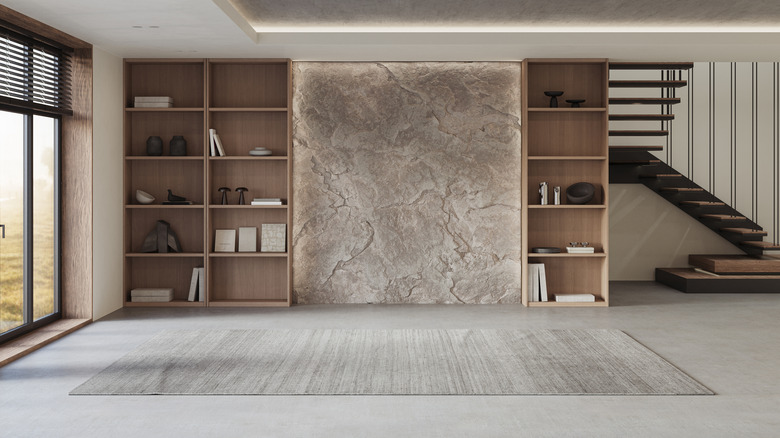Why Are So Many Homes Being Built Without Hallways?
Hallways are often pegged as problems that need solving. Figuring out how to brighten up windowless hallways and enliven boring corridors with bold décor choices is an obsession among homeowners and interior designers. Meanwhile, instead of figuring out how to improve hallways' function, architects and homebuilders are removing this feature from many new homes. In the modern era, hallways are disappearing from floor plans as construction budgets and square footage shrink. Another reason for this shift is that architectural designers perceive hallways as areas that don't serve much purpose. As a result, they're allocating more space to "flex areas" that homeowners can turn into nurseries, crafting rooms, home theaters, pocket offices, or whatever their hearts desire.
When hallways are phased out, so are many interior walls. This creates new challenges. Certain rooms may not feel private enough, and the noise that hallways would have buffered must be managed. On the upside, the enhanced functionality can make a smaller-than-average home feel surprisingly comfortable. Plus, in the world of new construction, slightly smaller homes tend to cost a little less.
Increasing the number of smaller homes at entry-level prices can help first-time buyers enter a market with elevated interest rates. It also makes downsizing more accessible to empty nesters and households whose spending power has decreased. Forecasters predict that first-time buyers will be more accepting of the hallway-removal trend than downsizers who've come to expect certain features in their homes. If you find yourself in a home without hallways, there are a few things you can do to deal with its downsides.
Troubleshooting noise and privacy concerns in a home without a hallway
Don't fret if a lack of hallways is creating sound and privacy issues in your home. You can leverage the power of design to address these problems. Before doing so, determine what kinds of sounds are carrying and from where. For example, are you hearing talking in the kitchen when you're behind a closed door in your bedroom? Knowing the source of the sound can help you determine where to place sound barriers.
To save time and money, create sound barriers with objects you already own. One of the easiest ways to reduce noise in your home is moving the furniture to strategic locations. Upholstered sofas and chairs work especially well for this purpose. If noise is carrying from the family room to your home office, try placing a cushy loveseat against the wall that's letting in the most sound. Installing a floor-to-ceiling bookcase on either side of the wall can also help. Fill it with hardcovers to absorb even more noise. In addition to diminishing unwanted sounds, well-placed furnishings create visual barriers that can help the room feel more private.
Rugs are another tool for shielding a room from sound waves. For starters, they dampen the sounds of footsteps throughout the house. They also reduce the echoes that result when sounds ricochet off walls and hardwood floors. You can even use rugs as wall art that doubles as a sound barrier. If a room is particularly prone to ambient noise, you can outfit the walls with acoustic panels, too.

